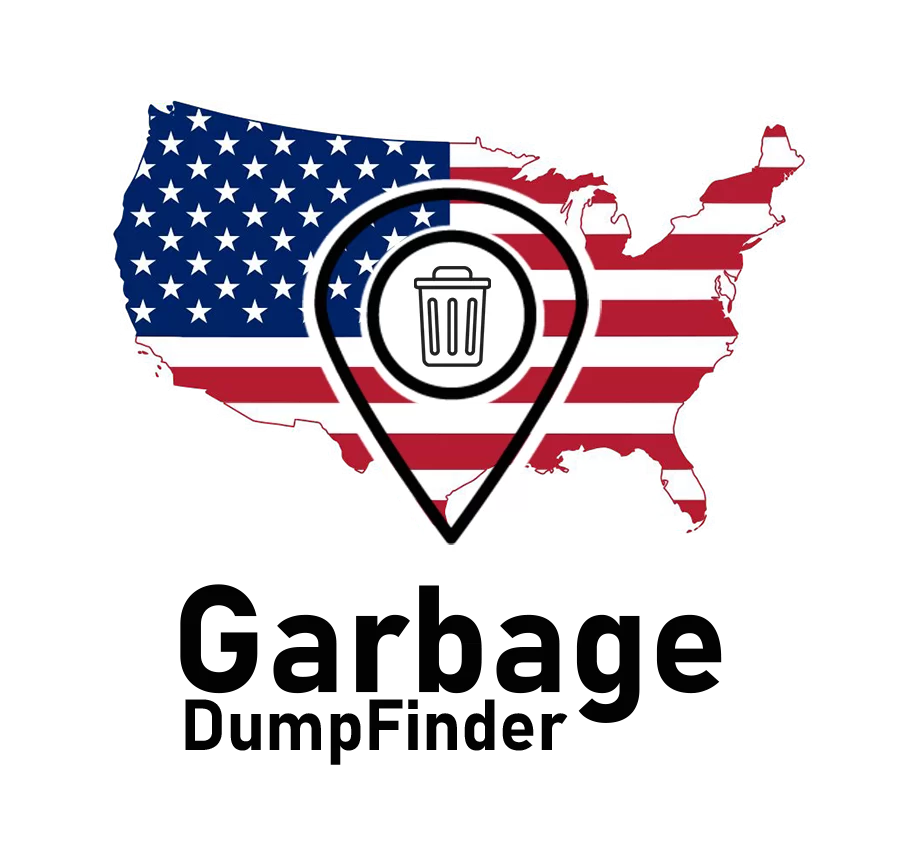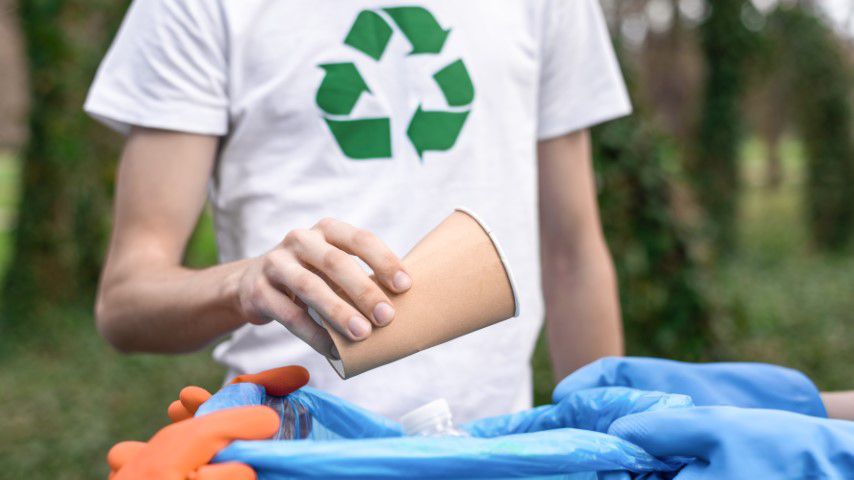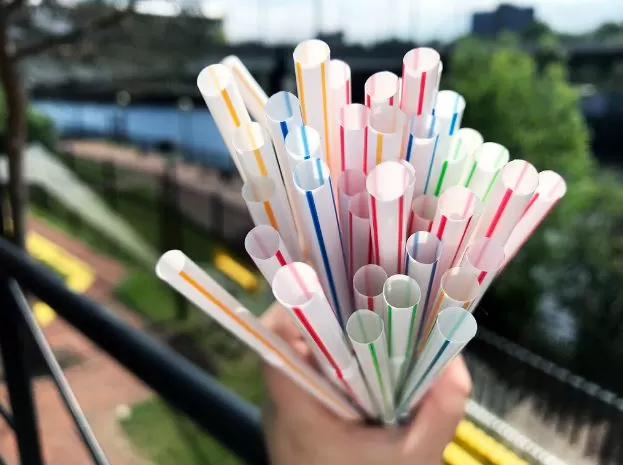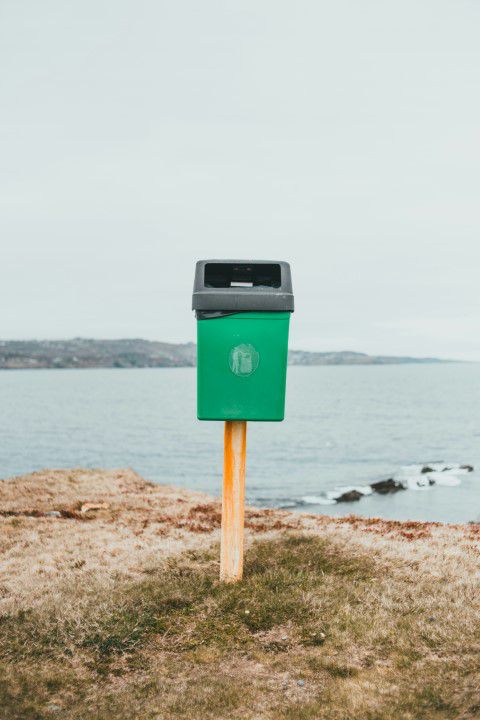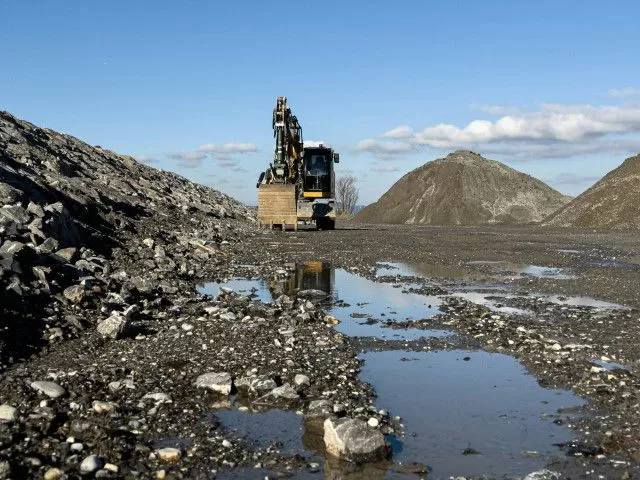
As America grapples with its mounting landfill crisis, the concept of a circular economy has emerged as a promising solution. Unlike the traditional linear economy, which follows a “take, make, dispose” model, the circular economy seeks to keep resources in use for as long as possible, extracting maximum value from them before recycling or regenerating products and materials at the end of their lifecycle. But can this approach truly solve America’s landfill problem? Let’s explore the potential of the circular economy to transform waste management and reduce the reliance on landfills.
Understanding the Circular Economy
At its core, the circular economy is about redesigning systems to eliminate waste. In a circular economy, products are designed for durability, reuse, and recyclability, ensuring that materials are cycled back into the economy rather than being discarded. This model encourages businesses to rethink product design, manufacturing processes, and consumption patterns to create a closed-loop system where waste is minimized, and resources are conserved.

For consumers, the circular economy promotes sustainable consumption habits, such as repairing instead of discarding, choosing products with longer lifespans, and participating in recycling and composting programs. By adopting these practices on a large scale, society can significantly reduce the amount of waste that ends up in landfills.
The Potential Impact on Landfills
The circular economy has the potential to drastically reduce the volume of waste sent to landfills. Currently, much of the waste that ends up in landfills consists of materials that could be reused, recycled, or composted. For example, food waste, which makes up a significant portion of landfill content, could be diverted through composting, turning it into valuable organic matter for agriculture. Similarly, many products that are discarded could be repaired or repurposed, extending their useful life and keeping them out of the waste stream.

One of the key advantages of the circular economy is its focus on waste prevention. By designing products with the entire lifecycle in mind, manufacturers can reduce the amount of waste generated from the outset. This means fewer materials are extracted from the environment, less energy is used in production, and less waste is generated overall. As a result, the pressure on landfills is reduced, and the environmental impacts associated with waste disposal—such as greenhouse gas emissions from decomposing organic waste—are minimized.
Challenges to Implementation
While the circular economy offers a compelling vision for reducing landfill waste, implementing it on a large scale presents several challenges. One of the biggest obstacles is the need for systemic change across industries, governments, and consumer behaviors. Transitioning to a circular economy requires significant investment in new technologies, infrastructure, and education to support sustainable practices.
Moreover, businesses must be incentivized to adopt circular models, which may require changes in regulations and financial frameworks. Consumers, too, need to be engaged and educated about the benefits of a circular economy, as well as how to participate in it effectively.
Another challenge is that not all materials are easily recyclable or compostable, and some products may be difficult to redesign for a circular economy. This highlights the need for ongoing innovation and research to develop new materials and processes that align with circular principles.
Conclusion
The circular economy presents a viable solution to America’s landfill problem by fundamentally rethinking how we produce, consume, and dispose of materials. While the transition to a circular economy will not happen overnight and requires overcoming significant challenges, its potential to reduce waste, conserve resources, and minimize environmental impact is substantial. By embracing circular principles, America can move closer to solving its landfill crisis and creating a more sustainable future for all.
Sources

Peter Lars has long been an advocate for reusing and recycling whenever you can. He has a passion for writing about every related to landfills and garbage dumps, and unlikely as that may seem.
Plastic Perils: How Single-Use Plastics are Filling Up America’s Landfills
Single-use plastics, those convenient yet disposable items like straws, bags,…
The History of Landfills in America: How Waste Management Evolved Over the Decades
The history of landfills in America is a fascinating journey…
The Circular Economy: Can It Solve America’s Landfill Problem?
As America grapples with its mounting landfill crisis, the concept…
Landfill Legacy: The Environmental Justice Issues Surrounding Waste Disposal in America
In the United States, the legacy of landfills is more…
The Role of Landfills in Climate Change: What Americans Need to Know
When we think about climate change, images of smokestacks, deforestation,…
Zero Waste: A Feasible Goal for American Households?
Imagine a world where the contents of your trash bin…
